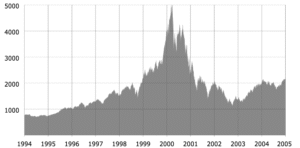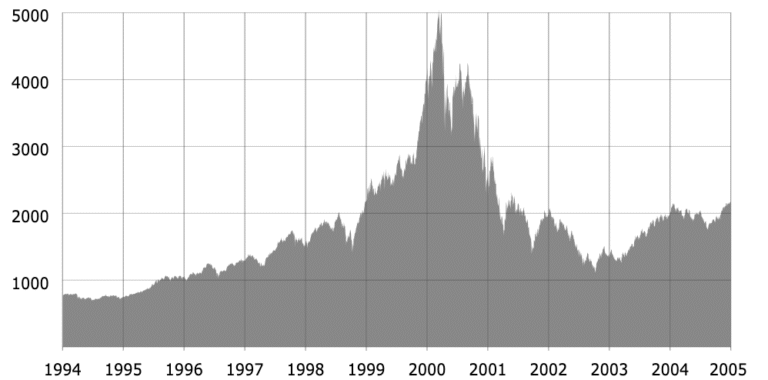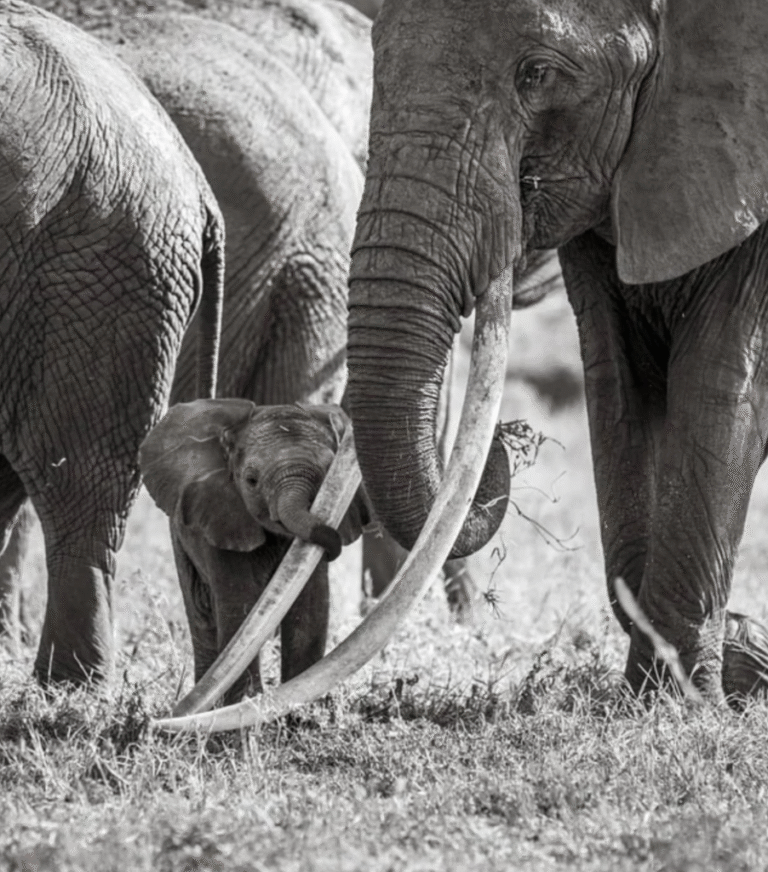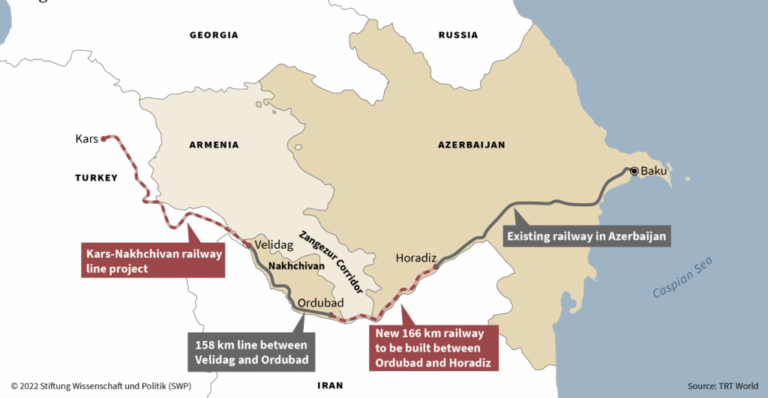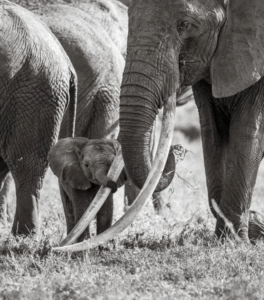Yves here. While Andrew Korybko’s gives a useful high-level recap of what Trump was attempting to do to weaken China’s ties with Russia and India, readers are likely to quibble with some of his characterizations. Korybko is sometimes not as precise in his use of language as is ideal. I would not depict Russia as “pivoting” to China. China’s economic support from the start of the Special Military Operation was absolutely essential to Russia, both in and of itself, and in emboldening other states to defy US pressure and continue to trade with Russia. And let us not forget that China and Russia had signed a very broad ranging 5,000 word partnership agreement in early February 2022, as in before the conflict began.
Having said that, it really is remarkable how Trump and his team are utterly convinced that the only strategy in their playbook, extreme dominance, is effective when it keeps backfiring. But then again, the peanut gallery is mistakenly assuming that the objective is to advance American interests, as opposed to orchestrate a show of God Emperor Trump astride the world like a colossus.
By Andrew Korybko, a Moscow-based American political analyst who specializes in the global systemic transition to multipolarity in the New Cold War. He has a PhD from MGIMO, which is under the umbrella of the Russian Foreign Ministry. Originally published at his website
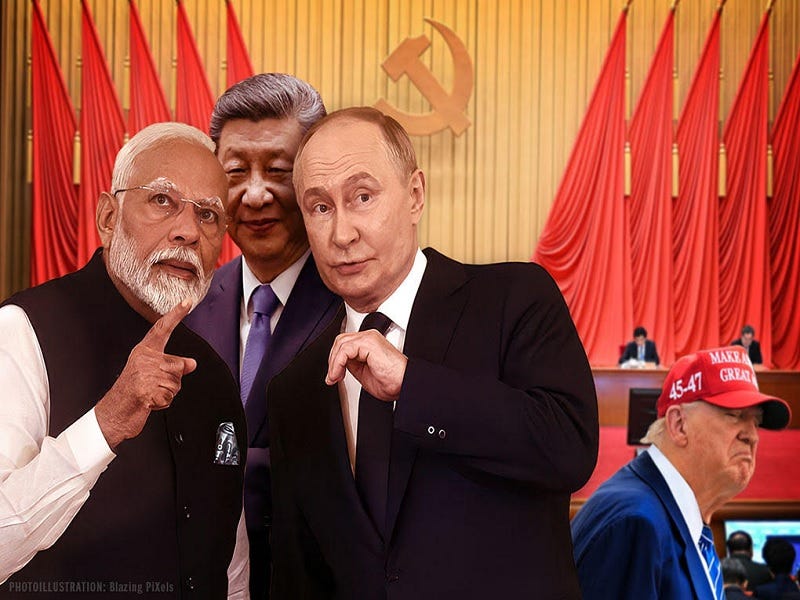
The global systemic transition to multipolarity is nowadays proceeding along a different trajectory than before due to recent shifts in the international system. Up until this point, Trump 2.0 sought resource and military partnerships with Russia and India respectively that could decelerate China’s superpower rise, which would then make it the junior partner in any “G2”/“Chimerica” deal. His Eurasian balancing act has failed, however, due to his arrogant and aggressive approach towards all three countries.
Ties with Russia took a hit after the Anchorage Summit following increasinglyconcerning reports about US plans to support NATO troops in Ukraine, thus spooking Putin into abandoning his country’s own Eurasian balancing act by pivoting to China. This took the form of the legally binding deal that was just clinched for constructing the Power of Siberia 2 gas pipeline. The US’ envisaged resource-centric partnership with Russia, which aimed to entice concessions on Ukraine, is now much less likely.
As for India, ties worsened during its springtime clashes with Pakistan, which saw Trump favor Pakistan and even lie about India agreeing to an alleged US-mediated ceasefire. The US then hypocritically imposed punitive tariffs on India over its continued trade with Russia despite eschewing such for China and others. All the while, Trump viciously insulted India too. Concluding that he’s hellbent on derailing its rise as a Great Power, India swiftly patched up its problems with China and distanced itself from the US.
With Russia pivoting to China via Power of Siberia 2 amidst the Sino-Indo rapprochement, the resource and military means for decelerating China’s superpower rise through partnerships with them were neutralized, thus leading to any “G2”/“Chimerica” deal now being in China’s favor instead. President Xi Jinping accordingly espoused stronger rhetoric about reshaping the world order during his speeches at the SCO Summit and V-J Day, which prompted Trump to accuse him of “conspiring” against the US.
The interim Sino-US trade deal is now in jeopardy after he just threatened the imposition of 100% tariffs on China by 1 November or earlier depending on when China imposes its export controls on rare earth minerals. Coupled with his dramatic accusation that Xi is “conspiring” against the US in collusion with Putin and Kim Jong Un, this could presage future military-strategic tensions, even if only indirectly via proxy. That would further destabilize Eurasia per the US’ traditional divide-and-rule stratagem.
In clockwise order, these could take the form of: fomenting Color Revolution unrest in Mongolia in order to undermine Power of Siberia 2; Japan, Taiwan, and/or the Philippines provoking an incident with China at sea in contested waters; obstructing China’s access to rare earth minerals in Myanmar’s Kachin State; and/or sowing instability in Central Asia via NATO member Turkiye through the new TRIPP Corridor. China’s response to these scenarios could be to arm Russia and even send troops to help it in Ukraine.
Xi saw how Trump mistreated his friend Modi despite him leading a state that could have joined the US’ anti-Chinese axis, while also watching how he’s betraying Putin in Ukraine after Anchorage, so he expects similar treatment if he agrees to a “G2”/ “Chimerica” deal. He also knows that China now has a target on its back after the latest tariffs and Trump accusing him of a “conspiracy”. It’s therefore little wonder that Trump 2.0’s Eurasian balancing act, which was characterized by arrogance and aggression, has failed.



